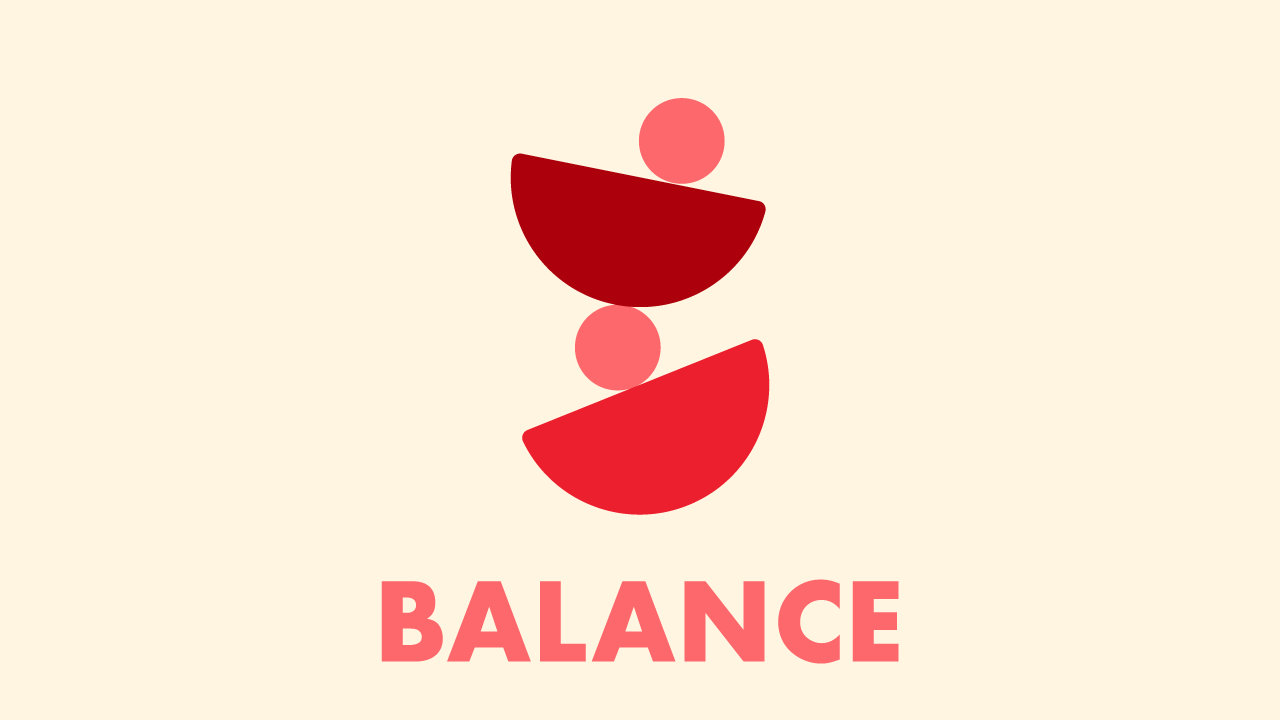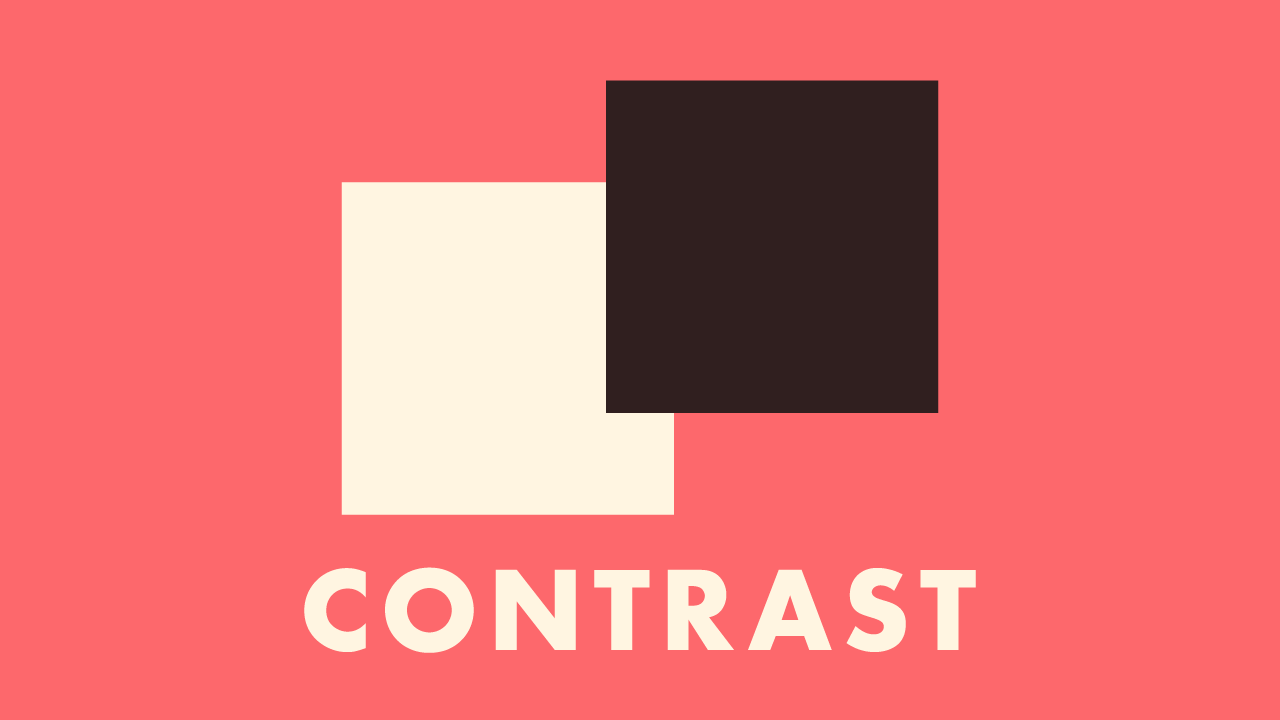Balance in Design: Achieving Visual Equilibrium
Discover the art of balance in design, exploring its types and impact on transforming good designs into great ones in this insightful blog post.

3 min read
·November 19, 2023

Introduction:
In my journey through the intricate world of design, I’ve discovered one truth time and time again: balance is the unsung hero of our craft. It’s the principle that, when honored, has the power to transform a good design into a great one. Today, I want to share my insights on this foundational element and how it functions as the invisible glue in our visual creations.
The Essence of Balance:
Balance in design speaks to the way elements distribute their visual weight across a composition. It’s not merely about symmetry or placing objects evenly on the page; it’s about creating a feeling of equilibrium that pleases the eye and grounds the viewer. Here are the diverse ways I approach balance in my projects:
- Symmetrical Balance:
- When I use symmetrical balance, I’m invoking a sense of formality and elegance. It’s like a perfectly poised dancer, with each move mirrored and matched. It conveys a sense of order and tradition, and I often employ it when the project calls for a classic touch.
- Asymmetrical Balance:
- This is where I let loose a little. Asymmetrical balance allows for freedom and creativity. It’s about arranging non-identical elements so that they still achieve a sense of stability. This technique keeps the viewer engaged and adds a layer of complexity to my work.
- Radial Balance:
- Every so often, a project calls for a central focus, and that’s where radial balance comes in. With elements that spiral out or zoom in towards the center, radial balance is captivating and can give a design a dynamic feel.
Applying Balance to Real Projects:
In practice, these principles become the silent guidelines that inform my every choice. Whether I’m designing a minimalist business card or an elaborate website layout, I’m always mindful of how the elements interact and complement each other to achieve balance.
My Philosophy:
To me, finding balance in design is akin to finding balance in life—it’s about blending various components to create a harmonious whole. I aim to ensure that each design feels intentional, complete, and ready to tell its story.
Closing Thoughts:
As I wrap up this reflection on balance, I hope to leave you with a newfound appreciation for this principle. In your own design work, I encourage you to consider how different types of balance can create different moods and messages. Whether you’re a symmetrical soul or an asymmetrical spirit, remember that in the end, achieving balance means creating a visual harmony that resonates with the viewer.
Until we meet again in the dialogue of design, I wish you a path that leads to beautiful balances, may your scales always be even, and your compositions full of intention. Here’s to finding that perfect balance in every piece you create.
Similar Posts
-
November 19, 2023
Delve into the transformative role of contrast in design, from color to typography, and learn to create designs that are both compelling and memorable.
-
November 19, 2023
Discover how the emphasis in design guides attention and transforms visuals into captivating stories, ideal for designers looking to refine their skills.

